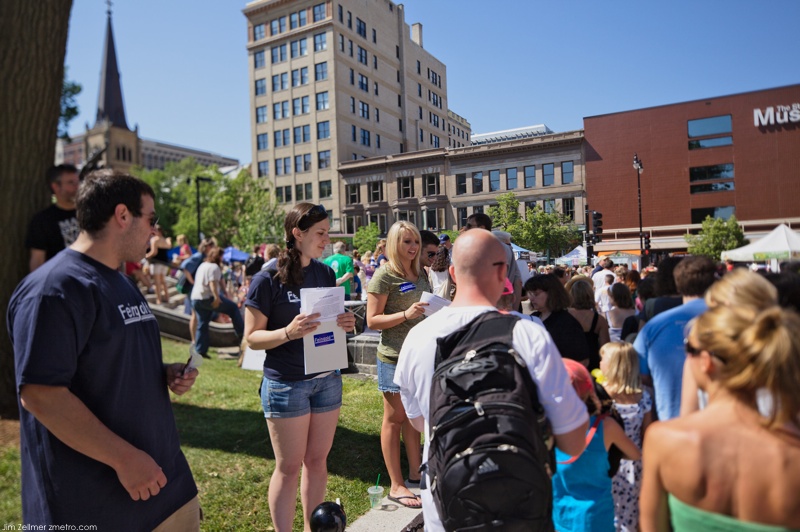Group cites study in push for Google antitrust case
Consumer Watchdog continues to push its case that Google Inc.’s behavior necessitates antitrust scrutiny, releasing a report that alleges that the company is abusing its dominance in online search to direct users to its own services.
The study cites online traffic data that the Santa Monica group claims show the Mountain View Internet giant seized large portions of market share in areas like online maps, video and comparison shopping after its search engine began highlighting links to its products in results.
Google called the report’s methodology and premise flawed and said its practices are designed to benefit users.
Ukraine Agriculture: Investment climate will determine yield
Amid all the doom and gloom, one sector in the country’s economy has a bright future and promises high yields.
Despite a deep recession that sent gross domestic product plunging 15 per cent last year, some budding domestic agribusinesses reported double-digit growth.
Agriculture was one of the few economic sectors to grow, albeit a small 0.2 per cent rise.
But to see the real potential, one must look further ahead. Global demand for food is expected to surge in coming decades. And Ukraine is well positioned to benefit.
With its rich black soil, favourable climate and proximity to markets, experts say the country could go far beyond regaining its position as the breadbasket of Europe.
“Ukraine is already among the top five grain exporters in the world,” says Andriy Yarmak, an agribusiness expert. “With investment, it could double its recent annual harvests and “become one of the top exporters of meat in about 10-15 years”.
The Juice Queue

Google has mapped every WiFi network in Britain
Google has mapped every wireless network in Britain in order to use the information for commercial purposes, it has emerged.
Every WiFi wireless router – the device that links most computer owners to the internet – in every home has been entered into a Google database.
The information was collected by radio aerials on their Street View cars, which have now photographed almost every home in the country.
The data is then used on Google’s Maps for Mobile application to locate mobile phones such as iPhones in order for users to access information relevant to the area such as restaurants, cinemas, theatres, shops and hotels.
The project had remained secret until an inquiry in Germany earlier this month in which Google was forced to admit that it “mistakenly” downloaded emails and other data from unsecured wireless networks where they we
Gardens….

Feingold for Senate Campaign @ the Madison Farmer’s Market

I’ve appreciated a number of Russ’s votes, but found his recent vote to kill the Washington, DC voucher program unpalatable. No K-12 program is perfect, but given the very challenging District K-12 climate, it is difficult to see the status quo improving on its own.
Russ Feingold will likely face Republican Ron Johnson this fall.
A “Kodak Moment” at the Madison Farmer’s Market

Madison Farmers Market Crowd on a Beautiful Saturday

Memorial Day Delights: Strawberries
At Madison’s Farmer’s Market.
